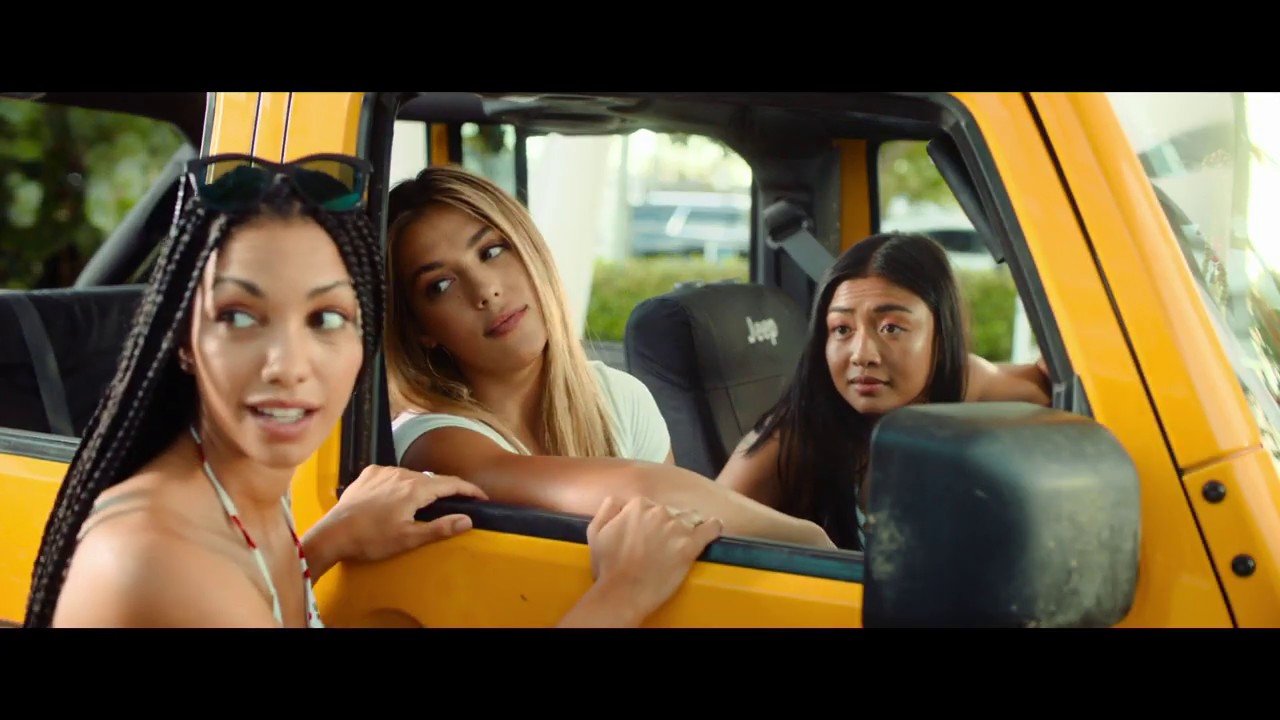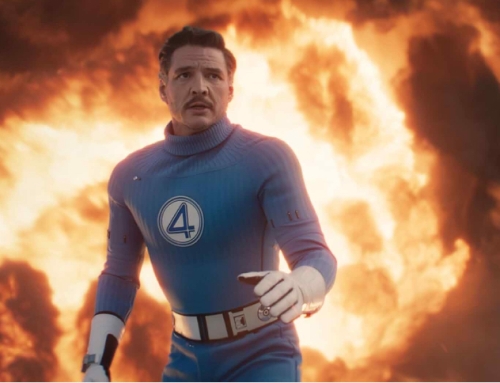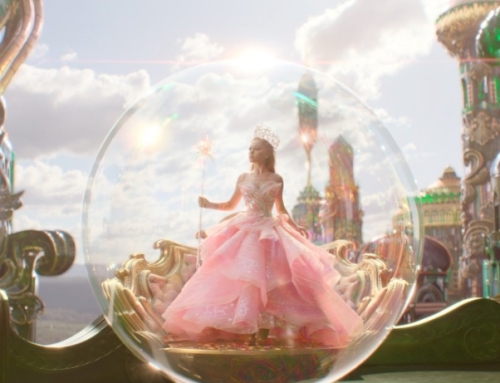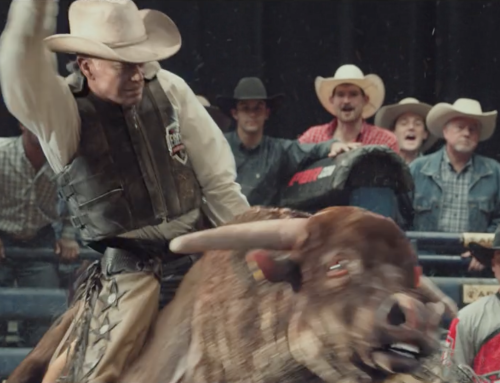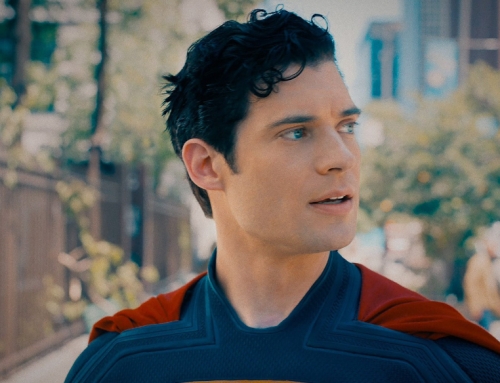47 Meters Down: Uncaged follows the diving adventure of four teenage girls (Corinne Foxx, Sistine Stallone, Sophie Nélisse, and Brianne Tju) exploring a submerged Mayan City. Once inside, their rush of excitement turns into a jolt of terror as they discover the sunken ruins are a hunting ground for deadly Great White Sharks. With their air supply steadily dwindling, the friends must navigate the underwater labyrinth of claustrophobic caves and eerie tunnels in search of a way out of their watery hell.
Production Story
In the summer of 2017, Claire Holt and Mandy Moore starred in the contained, claustrophobic shark thriller, 47 Meters Down. The nail-biting adventure was made for just $5M, but went on to become the most successful independent movie of the summer, grossing over $62M at the worldwide box office.
However, the story behind the movie’s success had just as many twists, turns, and surprises as on screen. Originally planned as a VOD release (under the title “IN THE DEEP”), Entertainment Studios recognized the film’s full potential and purchased the rights a week before the digital release to turn it into the theatrical franchise it has become.
“We thought it was dead in the water, really,” admits director Johannes Roberts, who returned for the supersized sequel. “So when it landed and people were coming out to see it, it was amazing.”
Despite a slew of setbacks– different VOD title, physical copies spread around the world and on pirating sites– millions still swarmed the theaters to experience the flesh-gouging horror on the big screen. A feat that’s nearly impossible nowadays.
“Audiences, no pun intended, have a huge appetite for a good shark movie,” says Byron Allen, who in 1993 founded Entertainment Studios, based in Los Angeles. In 2016, Allen created Entertainment Studios Motion Pictures to expand into film distribution.
Acquiring the North American rights to 47 Meters Down was the division’s first dip into the market. “I’ve always appreciated shark movies and know that the audience appreciates them,” says Allen. “We came across the movie that Johannes had made and found it really strong. It turned out really well for us.”
Producer, Mark Lane, also confesses that its success was a surprise. “But it was a pleasant surprise!” he grins. “We don’t often hear about small British films like that working so well at the American box office. It was a bit surreal to experience it. We knew 47 Meters Down would, at worst, be a very good home entertainment title, and at best… well, that’s what we got!”
Go Big or Go Home
With $62m in the bank and fans around the world eager to see more people get torn apart by Great White sharks, a sequel was greenlit. Writer/director Johannes Robert, his co-writer Ernest Riera, and the rest of the 47 Meters Down team were excited to dive back into shark-infested waters.
“Byron had the first option and was keen to do it once the first one was released,” says Lane, before assuring us that, “47 Meters Down: Uncaged has the whole new dimension of cave diving, which is hopefully something nobody has seen before.”
“This movie will definitely take audiences for a ride,” Allen says. “It’s a lot bigger and with a lot more action. And it’s very unique: some young ladies go diving into an underwater cave system and they get caught down there with some very nasty sharks. It’s quite interesting in how they navigate or try to navigate, to safety. And it’s a lot of fun.”
Director Roberts, “trained up to be a cave diver on weekends, because [he] knew [he] wanted to do a cave-diving movie.”
He says that “47 Meters Down: Uncaged is very different from the first one. These four girls – two step-sisters and two friends – basically take a day by a lake in Mexico. One of the sisters is the daughter of an archaeologist working on this underwater mine city, mapping it out, and these girls all have basic dive skills, so they decide to go down to look at the first entrance. And then the tunnel collapses and they’re trapped.” Roberts flashes a shark-like grin before staying that, “they are not alone in there! So there’s claustrophobia, plus sharks! It’s pretty fucking scary.”
Allen is so confident in the stomach-churning sequel, he plans to cast a wide net for the US opening. “We’re talking 3500-plus screens,” for the summer release.
Casting the Net
Roberts says “I started with the idea of the girls in the caves, but I didn’t have the emotional content.” Roberts and Riera made it their mission to go where many horror movies haven’t gone before — creating three-dimensional female characters with relatable arcs. “It became Mean Girls, but with Sharks! It has a teen vibe. You have two step-sisters who don’t like each other, and one is bullied, and it resolves itself throughout the movie to a really cool ending that turns it all on its head. So that I really enjoyed – taking a John Hughes template and putting it into the world of sharks.”
While the sharks in 47 Meters Down: Uncaged are computer-generated, the cast had to be flesh and blood (even if that flesh and blood would eventually be scattered throughout the water halfway through the film).
“Casting the movie was a collaborative effort,” says Allen. “We all worked together as a team, and I think everybody’s happy with the outcome. We’re introducing the next generation of movie stars.”
“They’re all great actors,” nods Harris, before Roberts jumps in to stress just how important it was that 47 Meters Down fed audience’s emotions as much as it fed the Great Whites.
The film gave four talented actresses the unique opportunity to star in a leading role. Each of them brought something special to the table.
“Sophie Nélisse had just done The Book Thief; she’s an incredibly talented actress,” Roberts states. “Corinne Foxx is just starting. She’s Jamie Foxx’s daughter and she has real charisma. We met her and she just had this amazing… she’s quite intense, but a really beautiful, talented actress. A subtle actress. Brianne Tju is in the TV show Light As a Feather, which is a big hit. She’s very, very talented. You turn the camera on her and bam, she’s there. And Sistine Stallone is the interesting one. She really hadn’t done anything. She’s Sylvester Stallone’s daughter, and she just has this incredible energy. When she came in, she was electric. Incredibly physical. The way all of them dealt with the underwater stuff was amazing.”
The actresses lived like fish, spending most of their days underwater.
“The hardest part was the exhaustion, every day,” says Stallone, whose Nicole, is fearless until she encounters a situation where fear is 100% mandatory. “You’ll be in the water 40 minutes and it feels like two hours. It’s so draining, constantly screaming and inhaling all of the oxygen. It’s exciting while you do it, but the moment you step out [of the water], you feel like you’ve been hit by a truck.”
“We were uncomfortable [underwater, in scuba gear], so a lot of the acting is done for us,” laughs Foxx, whose Sasha, is the epitome of a scaredy-cat. “You are in your own world in that little mask. You can’t communicate, or get notes, so you have to talk yourself up. In between takes, you’re just sitting there in your head.”
Nélisse, who plays bullied Mia, Sasha’s step-sister, agrees that “you have to manage your breathing around when the others talk, or you can’t hear them. But you want to breathe! You all need to know each other’s lines. It’s a weird choreography.”
However, the actresses found ways to have a good time while they worked. “We couldn’t talk in the water so we wrote stuff in the sand to each other,” continues Nélisse. “And sometimes we just gathered together and cried because we were all so exhausted!”
Tju, meanwhile, whose Brianne, like her BFF Nicole, is an adrenaline junkie, drew attention to the fact that their diets suffered consequences, too.
“First week, I had a banana between takes” she recalls. “You don’t have time to digest, and as soon as I got in the water I thought, ‘Oh my god, I could throw this up’, and I had to force myself not to. You have to drink a lot of water because you’re constantly moving. We’d leave the tank for lunch, but for the most part, we’d stay in the tank the rest of the day as it’s quicker. You don’t want to be walking around in wet clothes and changing and stuff. And it’s cold in London, so you stay warm in the tank. We’ve learned to meditate underwater. I’ve nearly fallen asleep underwater a few times!”


